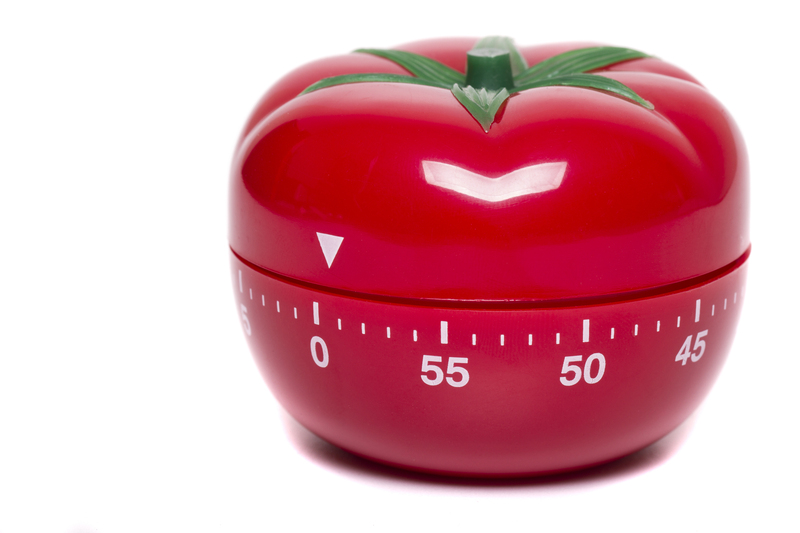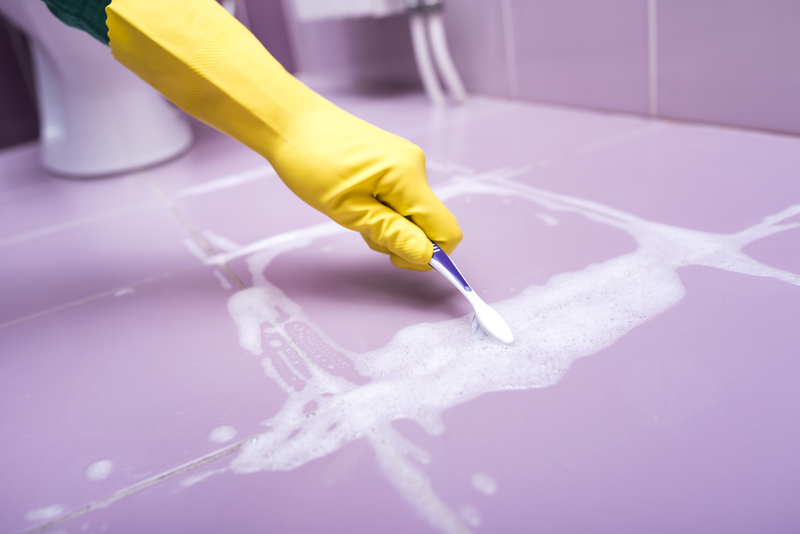Dealing with Coffee Spills
Coffee spills are inevitable, whether you're at home, in the office, or on the go. They can stain your favorite clothes, ruin important documents, and create a sticky, unpleasant mess. However, with the right strategies and tools, dealing with coffee spills can be quick and efficient. In this article, we'll cover how to handle coffee spills on different surfaces, offer some useful tips, and discuss the pros and cons of various cleaning methods.
Immediate Action Steps
When a coffee spill occurs, the first thing to do is act quickly. The longer the coffee sits, the harder it is to remove the stain.
1. **Blot the Spill**: Use a clean cloth or paper towel to blot up as much of the liquid as possible. Avoid rubbing, as this can spread the stain.
2. **Use Cold Water**: Rinse the stained area with cold water. Hot water can set the stain, making it more difficult to remove.

Dealing with Coffee Spills on Fabric
Clothing and upholstery are common victims of coffee spills. Here's how to manage these:
1. **Pre-treat the Stain**: Apply a stain remover or liquid laundry detergent directly to the stained area. Gently rub it in.
2. **Soak in Cold Water**: Allow the fabric to soak in cold water for about 30 minutes.
3. **Wash**: Launder the fabric as usual, following care label instructions.
Dealing with Coffee Spills on Carpet
Carpet can be particularly tricky when it comes to coffee spills.
1. **Blot the Spill**: Start by blotting up as much coffee as you can with a clean cloth.
2. **Apply Cleaning Solution**: Mix one tablespoon of liquid dish soap, one tablespoon of white vinegar, and two cups of warm water. Using a clean cloth, sponge the stain with this solution.
3. **Rinse**: Blot with a cloth dipped in plain water to remove the cleaning solution.
4. **Dry**: Use a dry towel or cloth to blot up excess moisture.
Dealing with Coffee Spills on Hard Surfaces
Hard surfaces like countertops or tiles are easier to clean but still require prompt attention.
1. **Wipe Up the Spill**: Use a paper towel or cloth to wipe up the coffee.
2. **Clean**: Use a household cleaner or a mix of water and dish soap to clean the surface.
3. **Dry**: Wipe the area with a dry cloth to prevent sticky residue.
Tips for Preventing Coffee Spills
1. **Use Travel Mugs**: Invest in a good-quality travel mug to minimize spills, especially when you're on the go.
2. **Be Cautious**: Take your time when carrying coffee, especially in areas prone to jostling.
3. **Secure Lids**: Ensure the lid on your coffee cup is properly secured before drinking or transporting it.
Pros and Cons of Cleaning Methods
**Pros:**
1. **Immediate Blotting**: Quick and helps prevent stains from setting.
2. **Cold Water Rinse**: Simple and effective in the initial stages.
3. **Stain Removers**: Specialized products can make stains easier to clean.
**Cons:**
1. **Vinegar Solution**: May leave an odor that requires additional cleaning.
2. **Dish Soap Solution**: Requires multiple steps, which can be time-consuming.
3. **Hot Water**: Can set stains, making them harder to remove in the long run.

Takeaways
- Prompt action is crucial in dealing with coffee spills.
- Different surfaces require different cleaning methods.
- Preparation (like using travel mugs) can prevent spills from happening.
- Understanding the pros and cons of various methods can help you choose the best approach for your situation.
Conclusion
Dealing with coffee spills doesn't have to be a daunting task. By acting quickly and using appropriate cleaning methods, you can effectively manage spills on various surfaces. Preventive measures and understanding the different pros and cons of cleaning methods also play a crucial role in ensuring that coffee spills do not become a persistent problem. Armed with these tips and strategies, you can tackle coffee spills with confidence and ease.



